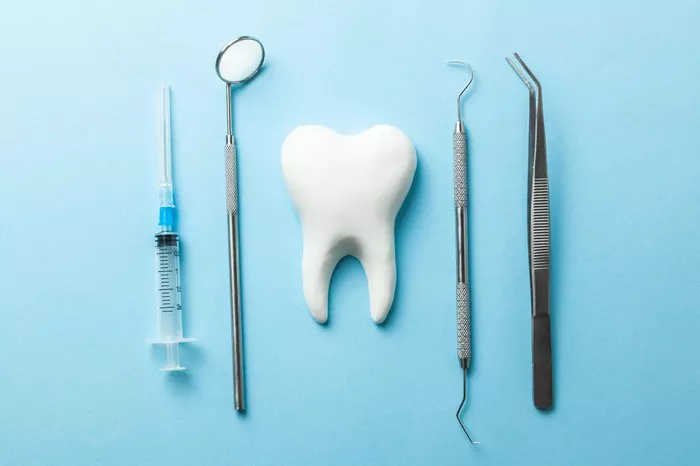Understanding what your dental insurance covers can be crucial for managing your oral health and expenses. Dental insurance policies often come with a range of benefits and limitations that vary significantly depending on the provider and plan you have. This article will delve into the specifics of what dental insurance typically covers, providing a comprehensive overview to help you navigate your policy effectively.
Coverage Categories
Dental insurance generally divides coverage into three main categories:
Preventive Care
Preventive care is designed to maintain oral health and prevent more serious issues from developing. Coverage in this category typically includes:
Routine Checkups: Most dental plans cover regular checkups, usually one to two times a year. These visits are crucial for identifying potential problems early and maintaining overall dental health.
Cleanings: Routine cleanings, often performed by a dental hygienist, are covered under preventive care. These cleanings help remove plaque and tartar that can lead to cavities and gum disease.
X-Rays: Diagnostic X-rays are usually covered as part of preventive care. These X-rays help dentists identify issues not visible during a regular exam, such as cavities between teeth or bone loss.
Fluoride Treatments: For children and some adults, fluoride treatments may be covered to help prevent cavities. These treatments strengthen the enamel and protect against decay.
Sealants: Dental sealants, which are applied to the chewing surfaces of back teeth to prevent cavities, may also be covered, especially for children.
Basic Care
Basic care includes treatments that address minor to moderate dental issues. This category generally covers:
Fillings: When cavities develop, fillings are used to restore the tooth’s function and structure. Most dental insurance plans cover basic filling materials.
Extractions: If a tooth needs to be removed due to decay, damage, or other issues, extractions are typically covered. This includes both simple and surgical extractions.
Root Canals: For teeth with severe decay or infection, root canal therapy is often covered. This procedure involves removing the infected tissue and sealing the tooth.
Periodontal Care: Treatment for gum disease, such as scaling and root planing, is covered under basic care. This is essential for addressing gum infections and preventing further complications.
Major Care
Major care covers more extensive procedures that are often more complex and costly. Coverage in this category may include:
Crowns: Crowns are used to restore a tooth that is severely damaged or decayed. Most plans cover a portion of the cost of crowns, although there may be limitations on the types of materials used.
Bridges: Bridges are prosthetic devices used to replace missing teeth. Dental insurance often covers a percentage of the cost of bridges.
Dentures: Full or partial dentures are used to replace multiple missing teeth. Coverage typically includes a portion of the cost of dentures, though the amount may vary.
Oral Surgery: Surgical procedures beyond extractions, such as corrective jaw surgery or wisdom teeth removal, are usually covered under major care.
Implants: Dental implants, which are used to replace missing teeth with a more permanent solution, may be covered to varying extents. Coverage for implants can differ significantly between plans.
See Also: Best Dental Insurance for Seniors of 2024
Additional Benefits and Considerations
In addition to the main categories of coverage, many dental insurance plans offer additional benefits and have specific considerations:
Orthodontic Coverage
Orthodontic treatment, such as braces or clear aligners, is often covered for children and, in some cases, adults. Coverage varies widely, with some plans covering a significant portion of the cost while others may offer limited benefits.
Cosmetic Dentistry
Cosmetic procedures, such as teeth whitening or veneers, are generally not covered by standard dental insurance. These treatments are considered elective and are typically paid out-of-pocket by the patient.
Annual Maximums and Deductibles
Dental insurance plans often have annual maximums, which are the maximum amount the plan will pay for covered services within a calendar year. Additionally, most plans have deductibles, which are the amounts you must pay out-of-pocket before insurance coverage begins.
Pre-Authorization Requirements
Some dental procedures require pre-authorization from your insurance provider. This means that before you receive certain treatments, your dentist must submit a request to the insurance company to determine if the procedure will be covered.
Network Limitations
Dental insurance plans often have a network of preferred providers. Visiting a dentist within the network usually results in lower out-of-pocket costs. Going outside the network may result in higher costs or reduced coverage.
Understanding Your Policy
To fully understand what your dental insurance covers, review your policy carefully. Look for details on:
Coverage Limits: Understand what is covered under each category and any limitations or exclusions.
Cost Sharing: Review the details on deductibles, co-pays, and coinsurance to know what you will need to pay out-of-pocket.
Claim Procedures: Familiarize yourself with how to submit claims and any necessary documentation required.
Conclusion
Knowing what your dental insurance covers can help you make informed decisions about your oral health care. By understanding the different categories of coverage and additional benefits, you can better manage your dental expenses and ensure you receive the care you need. Always review your policy in detail and consult with your insurance provider or dental office if you have any questions or need clarification on your coverage.






















